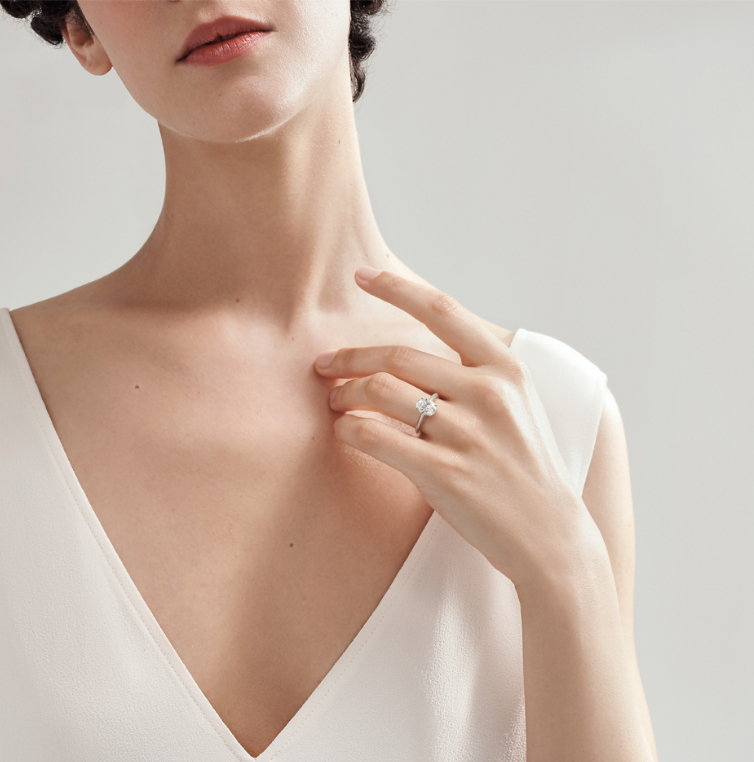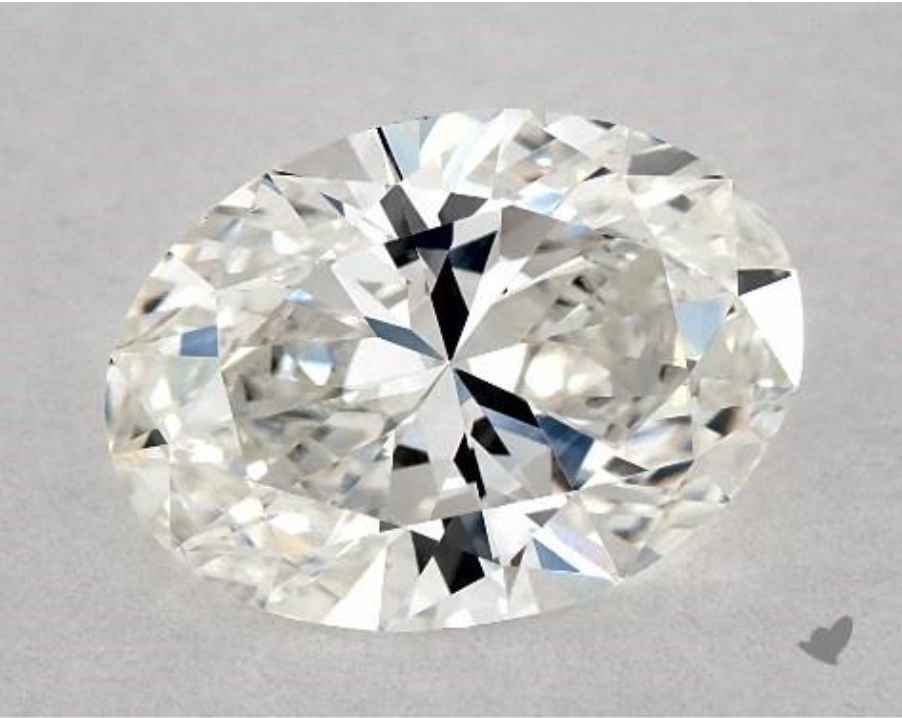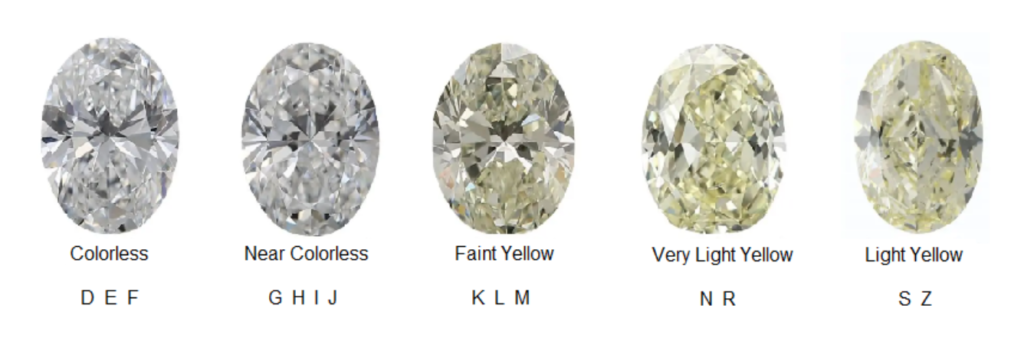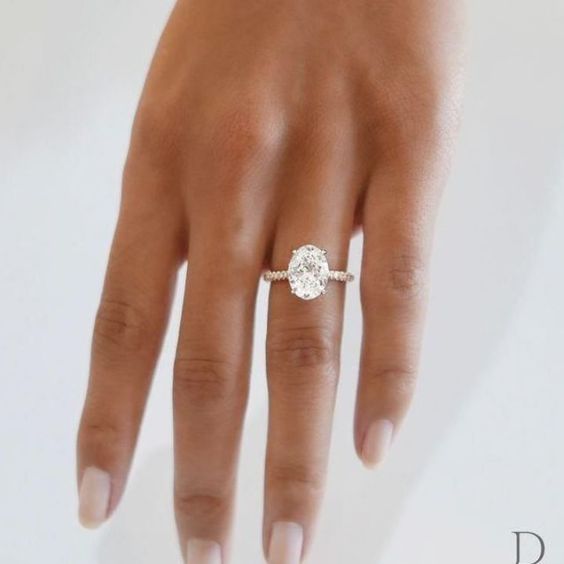So here we are, oval engagement ring lover. The oval engagement ring has recently received a lot of attention, and it’s quickly becoming one of the most popular diamond designs for engagement rings.
An oval is one of the most dazzling of all the beautiful diamond shapes. It’s an excellent choice for accent stones or as a centre stone.
There are numerous benefits to selecting the oval cut, but acquiring a high-quality stone can be challenging. A well-cut oval stone can be lovely, but a poorly-cut diamond can be disastrous.
Whether you’re here to just browse or perhaps select the oval engagement ring of your dreams, we want to fill you in on all the things to consider when choosing your oval!
Selecting a Length-to-Width Ratio
There is no typical oval form since the length to width ratio is so important in an oval cut. The length to width ratio can influence the diamond’s design and layout, making it look narrow or broad.
Your personal taste and the ring in which the oval diamond will be put, will determine the oval cut you pick.
The oval cut’s classic length to width ratio is 1.40 to 1.50. Between 1.40 and 1.30, your oval engagement ring becomes broader, and as you dip below 1.30, your diamond becomes squat, neither round or oval. When the length to width ratio exceeds 1.50, the space seems narrow and lengthy.


Avoid the Bow-tie
This is perhaps the most significant drawback of the oval cut. When viewed from certain angles, a bow-tie refers to the darkish patch in the shape of a bow-tie that appears across the center of the diamond. Bow ties are caused by improper cutting and mismatched facets, which interfere with the diamond’s light performance.
Every oval engagement ring include a bow-tie of some sort, ranging from severe to almost imperceptible. The simplest way to tell is to take a close look at the diamond. If the bow-tie is the first thing that comes to mind, go on to another stone.

Picking your color grade
The GIA uses a scale of D to Z to grade colour. When a stone has a Z colour grading, it indicates that it has a pronounced brown or yellow hue. The D grade, on the other hand, denotes a diamond that is as colourless as possible.
While it’s difficult to tell the difference between two colour classes, the price difference might be substantial. If your diamond will be placed in silver-toned metals like platinum or white gold, it should have a colour of H or greater. If you choose yellow or rose gold, however, you may save money by lowering the colour grade to a K or I.
It is recommended to focus on how the colour seems to you because it is difficult to discern the distinctions between colour grades with the naked eye.

Did you know there were so many options in selecting the perfect oval engagement ring?!




